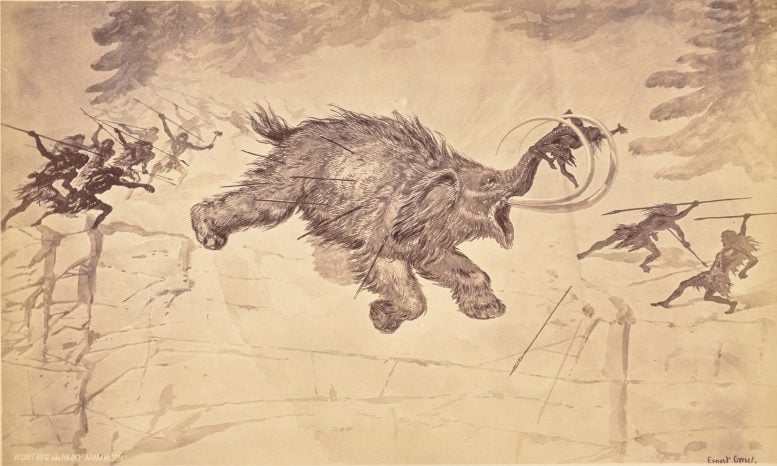
Posted on 07/25/2024 6:00:38 AM PDT by Red Badger

Prehistoric humans hunt a woolly mammoth. More and more research shows that this species – and at least 46 other species of megaherbivores – were driven to extinction by humans. Credit: Engraving by Ernest Grise, photographed by William Henry Jackson. Courtesy Getty’s Open Content Program
==================================================================
Researchers at Aarhus University have concluded that human hunting, rather than climate change, was the primary factor in the extinction of large mammals over the past 50,000 years. This finding is based on a review of over 300 scientific articles.
Over the last 50,000 years, many large species, or megafauna, weighing at least 45 kilograms have gone extinct. Research from Aarhus University suggests that these extinctions were predominantly caused by human hunting rather than climate change, despite significant climate fluctuations during this period. This conclusion is supported by comprehensive reviews incorporating evidence of human hunting, archaeological data, and studies across various scientific fields, demonstrating that human activity was a more decisive factor in these extinctions than previously dramatic climate changes.
The debate has raged for decades: Was it humans or climate change that led to the extinction of many species of large mammals, birds, and reptiles that have disappeared from Earth over the past 50,000 years?
By “large,” we mean animals that weighed at least 45 kilograms – known as megafauna. At least 161 species of mammals were driven to extinction during this period. This number is based on the remains found so far.
The largest of them were hit the hardest – land-dwelling herbivores weighing over a ton, the megaherbivores. Fifty thousand years ago, there were 57 species of megaherbivores. Today, only 11 remain. These remaining 11 species have also seen drastic declines in their populations, but not to the point of complete extinction.
A research group from the Danish National Research Foundation’s Center for Ecological Dynamics in a Novel Biosphere (ECONOVO) at Aarhus University now concludes that many of these vanished species were hunted to extinction by humans.
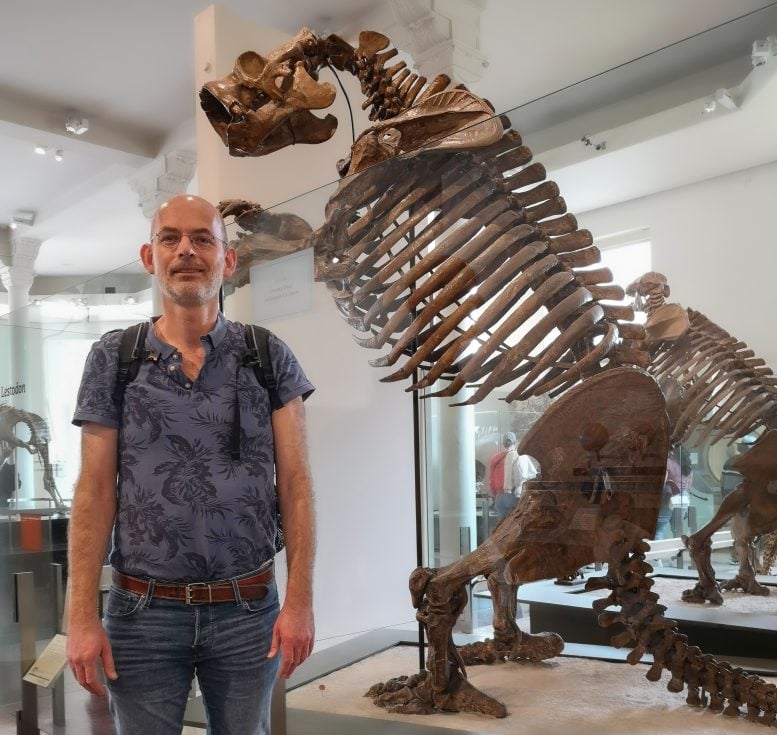
Svenning and Giant Sloth
Jens Christian Svenning at a fossilized skeleton of a giant ground sloth, Lestodon armatus, on display in the Natural History Museum, New York. Credit: Else Magaard, Aarhus University
====================================================================
Many different fields of research
They present this conclusion in a review article invited by and published in the scientific journal Cambridge Prisms: Extinction. A review article synthesizes and analyses existing research within a particular field.
In this case, the researchers from Aarhus University incorporated several research fields, including studies directly related to the extinction of large animals, such as:
The timing of species extinctions
The animals’ dietary preferences
Climate and habitat requirements
Genetic estimates of past population sizes
Evidence of human hunting
Additionally, they included a wide range of studies from other fields necessary to understand the phenomenon, such as:
Climate history over the past 1-3 million years
Vegetation history over the past 1-3 million years
Evolution and dynamics of fauna over the past 66 million years
Archaeological data on human expansion and lifestyle, including dietary preferences
Climate change played a lesser role
The dramatic climate changes during the last interglacial and glacial periods (known as the late Pleistocene, from 130,000 to 11,000 years ago) certainly affected populations and distributions of both large and small animals and plants worldwide. However, significant extinctions were observed only among the large animals, particularly the largest ones.
An important observation is that the previous, equally dramatic ice ages and interglacials over the past couple of million years did not cause a selective loss of megafauna. Especially at the beginning of the glacial periods, the new cold and dry conditions caused large-scale extinctions in some regions, such as trees in Europe. However, there were no selective extinctions of large animals.
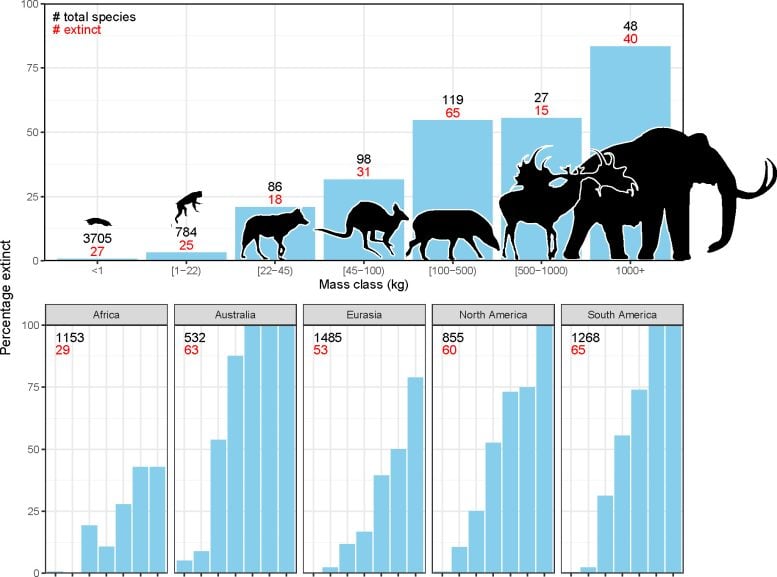
Extinct Mammals Graphics
This figure shows how the extinction of large mammals during the late Quaternary period is related to their body size. At the top, you can see the global percentage of species that went extinct based on their size. The bottom part breaks it down by continent. The black numbers represent the total number of species that lived during this time, including those that are still around and those that have gone extinct. The red numbers show the species that went extinct. Credit: Aarhus University ECONOVO / Cambridge Prisms: Extinction
==============================================================================
“The large and very selective loss of megafauna over the last 50,000 years is unique over the past 66 million years. Previous periods of climate change did not lead to large, selective extinctions, which argues against a major role for climate in the megafauna extinctions,” says Professor Jens-Christian Svenning. He leads ECONOVO and is the lead author of the article. He adds, “Another significant pattern that argues against a role for climate is that the recent megafauna extinctions hit just as hard in climatically stable areas as in unstable areas.”
Effective hunters and vulnerable giants
Archaeologists have found traps designed for very large animals, and isotope analyses of ancient human bones and protein residues from spear points show that they hunted and ate the largest mammals.
Jens-Christian Svenning adds, “Early modern humans were effective hunters of even the largest animal species and clearly had the ability to reduce the populations of large animals. These large animals were and are particularly vulnerable to overexploitation because they have long gestation periods, produce very few offspring at a time, and take many years to reach sexual maturity.”
The analysis shows that human hunting of large animals such as mammoths, mastodons, and giant sloths was widespread and consistent across the world.
It also shows that the species went extinct at very different times and at different rates around the world. In some local areas, it happened quite quickly, while in other places it took over 10,000 years. But everywhere, it occurred after modern humans arrived, or in Africa’s case, after cultural advancements among humans.
…in all types of environments
Species went extinct on all continents except Antarctica and in all types of ecosystems, from tropical forests and savannas to Mediterranean and temperate forests and steppes to arctic ecosystems.
“Many of the extinct species could thrive in various types of environments. Therefore, their extinction cannot be explained by climate changes causing the disappearance of a specific ecosystem type, such as the mammoth steppe – which also housed only a few megafauna species,” explains Jens-Christian Svenning. “Most of the species existed under temperate to tropical conditions and should actually have benefited from the warming at the end of the last ice age.”
Consequences and recommendations
The researchers point out that the loss of megafauna has had profound ecological consequences. Large animals play a central role in ecosystems by influencing vegetation structure (e.g., the balance between dense forests and open areas), seed dispersal, and nutrient cycling. Their disappearance has resulted in significant changes in ecosystem structures and functions.
“Our results highlight the need for active conservation and restoration efforts. By reintroducing large mammals, we can help restore ecological balances and support biodiversity, which evolved in ecosystems rich in megafauna,” says Jens-Christian Svenning.
Reference:
“The late-Quaternary megafauna extinctions: Patterns, causes, ecological consequences and implications for ecosystem management in the Anthropocene” by Jens-Christian Svenning, Rhys T. Lemoine, Juraj Bergman, Robert Buitenwerf, Elizabeth Le Roux, Erick Lundgren, Ninad Mungi and Rasmus Ø. Pedersen, 22 March 2024, Cambridge Prisms: Extinction.
DOI: 10.1017/ext.2024.4
The study was funded by the Villum Fonden, the Danish National Research Foundation, and the Independent Research Fund Denmark.
Was just thinking that they all agreed to eat insects to save muvver errf, and died as a result
Sorry, I simply don’t buy it.
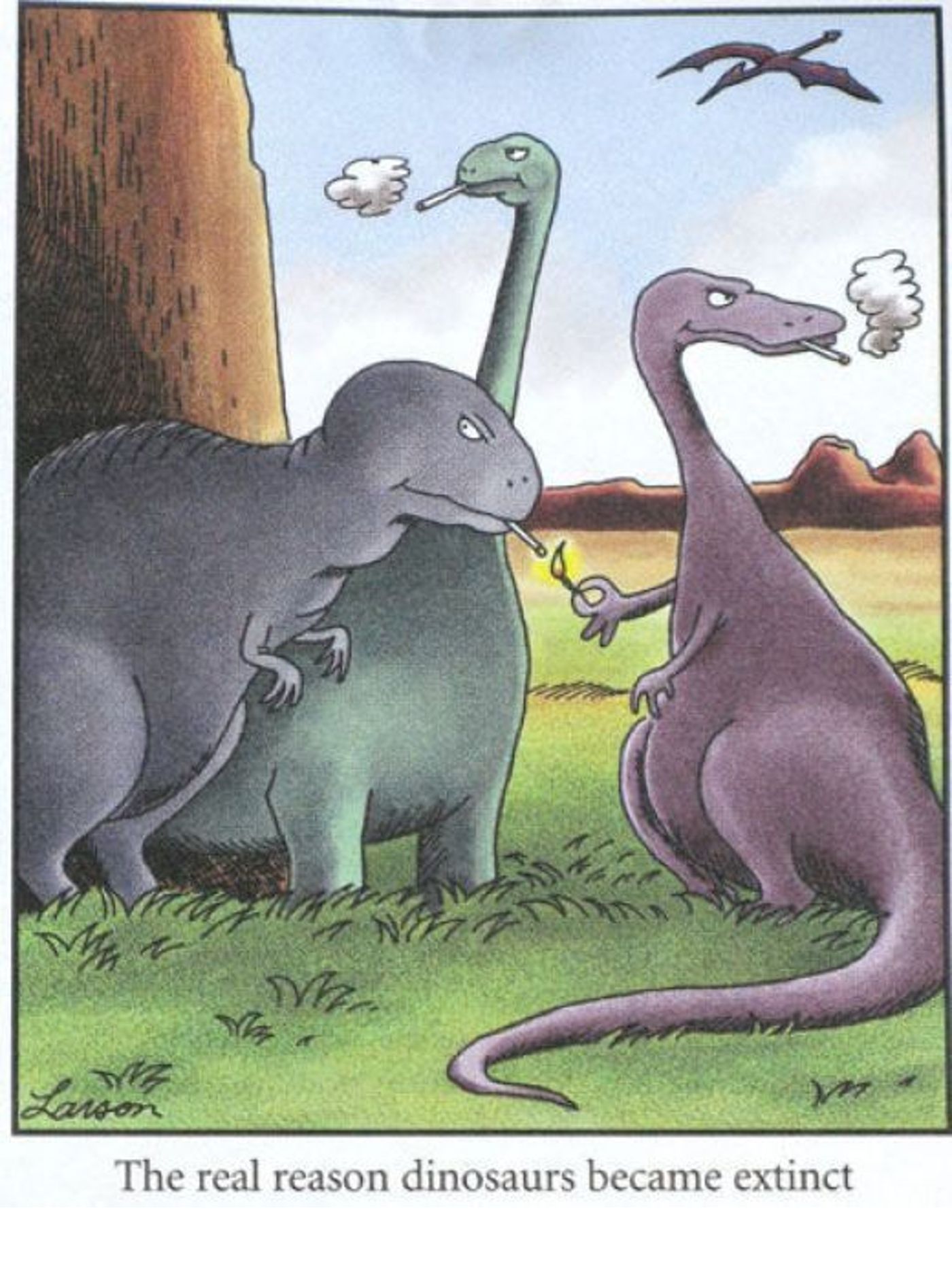
https://youtu.be/1sUaQAmMA8U?si=VJn6iKTSeKCFCQeO
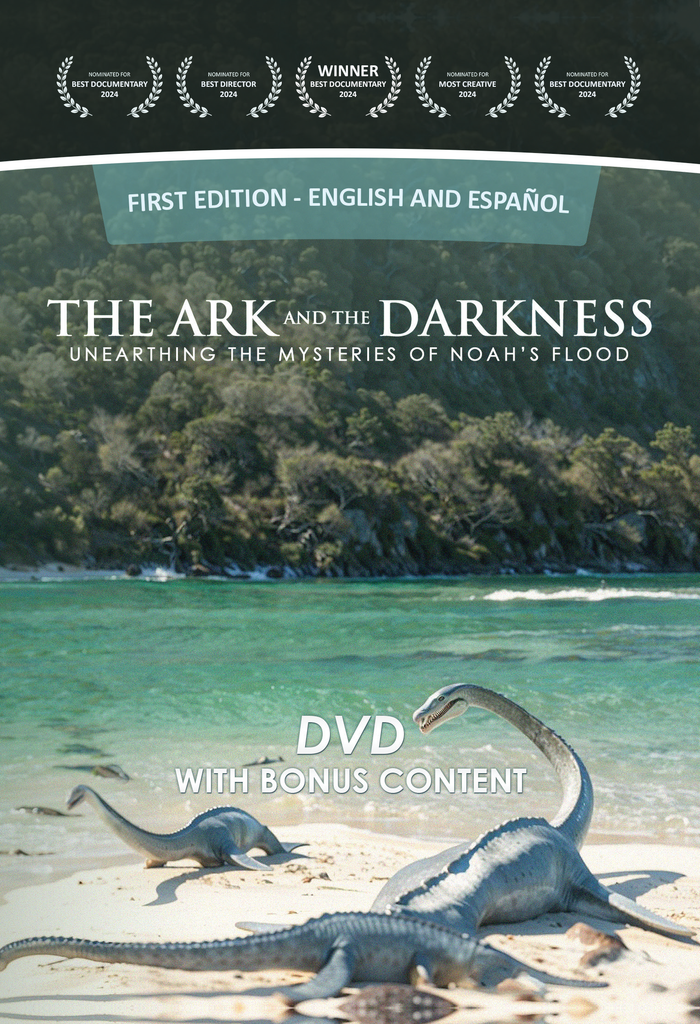
Currently Free to watch on YouTube - use above link.
The harder they fall.
Meanwhile, the smaller they are the longer you’re stuck with them. Like ants.
See, we both know how to violate Socratic method.
For having such a firm belief in evolution they certainly seem to want to want to end it.
Progressives wanting to stop evolutionary progress.
(hint, coyotes)
Note to self:
Do a better job of proof reading knucklehead.
That So-Crates guy was a smart dude..................
I know that and you know that; how come Mr. "Researcher" doesn't know that? I think there's more money for blaming humans for every disaster.
Anything over 80 lbs is a “large herbivores”, then proceeds to talk about mammoths. Seems the article is spinning.
I met a Ute young man a few years ago and we talked about the Clovis people. He insisted that the Utes basically ARE the Clovis people. They didn’t die out or were overtaken by other tribes. They just changed a bit with the circumstances and kept on living.
Yeah, because if its not on record, it doesn’t count. Pretty sure this past Monday was NOT the hottest day EVER. Recorded, maybe EVER? Nope.
Interesting that you didn’t mention passenger pigeons, Carolina parakeets, and Ivory billed woodpeckers.
The thermometer isn’t that old of an invention, and the standardized scales are even younger..................
I heard eating Woolly Mammoth will give you Gout, LOL
Wait. The woodpecker went extinct due to harvesting the ivory? 🤔😊👍
As far as I know (which isn't really much about Clovis), their projectile points are really all we have left to identify them. Did your friend have any insight into why they might have changed that aspect of their culture?
I am not sure what most of those are, but my point is that it is impossible to exterminate a species unless that species is already under threat. A well-adapted species will laugh off any attempt to eradicate it.
Disclaimer: Opinions posted on Free Republic are those of the individual posters and do not necessarily represent the opinion of Free Republic or its management. All materials posted herein are protected by copyright law and the exemption for fair use of copyrighted works.